Les Misérables Chapter-a-Day Read-along: Structure and History
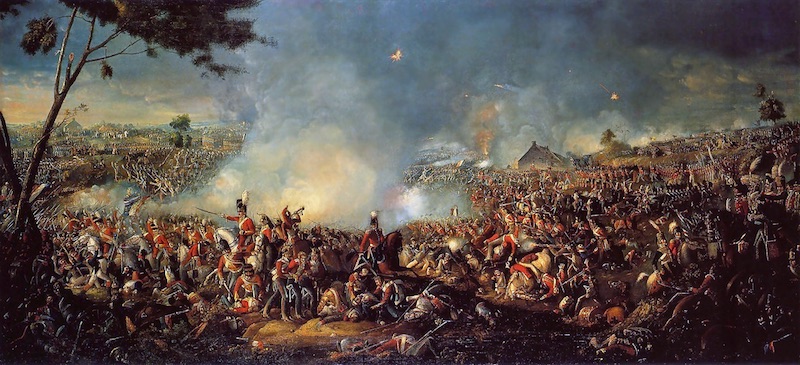
The Battle of Waterloo
Welcome to 2018 and the beginning of the Les Misérables Chapter-a-Day Read-along. By the time you read this you may already have read your first chapter, especially if you are one of our friends in Australia! It’s exciting to have so many of you on board and to know there are readers from all over the world participating. In this first of what I hope to be weekly posts, I’m going to discuss the structure of the novel and briefly mention a bit of French history. Feel free to comment on these weekly posts with your thoughts on your experience reading the book. If you use Twitter, remember that the hashtag for the read-along is #LesMisReadalong.
The Structure of Les Misérables

Title page of volume one of the first edition of Les Misérables
Sometimes knowing the structure of a book, especially when it’s as long as Les Misérables, can be helpful in keeping track of where you are in the story. Les Misérables is a very well organized story and its structure is straightforward.
When it was first published in 1862, Les Misérables was released in five volumes. Those volumes form the five main parts of the book, the first of which is called “Fantine.” Each of those five parts contains several “books” for a total of 48 books in all. And each of those 48 book contains several chapters for a total of 365 chapters.
Book One of Fantine (in the Donougher translation) is called “A Good Man.” Chapter one of “A Good Man” is called “Monsieur Myriel,” which is today’s chapter in the read-along.
To better illustrate the book’s structure, here’s an outline of the first fifteen chapters of Les Misérables:
- Volume One: Fantine
- Book One: A Good Man
- Monsieur Myriel
- Monsieur Myriel Becomes Monseigneur Bienvenu
- For a Good Bishop, a Demanding Bishopric
- Deeds to Match Words
- Monseigneur Bievenu Made His Cassocks Last Far Too Long
- Under Whose Protection He Placed His House
- Cravatte
- After-Drinking Philosophy
- The Brother as Described by His Sister
- The Bishop in the Presence of an Unknown Light
- One Reservation
- Monseigneur Bienvenu’s Isolation
- What He Believed
- What He Thought
- Book Two: The Fall
- The Evening After a Day’s Walking
- Book One: A Good Man
One of the things this outline helps us to see is that we will reading fourteen chapters about a “good man.” In other words, this will be the first two weeks of our read-along. It may seem slow going, especially to those of you who are familiar with the musical or any of the movies, but there is so much depth to this novel that it really is worth a close reading. As Mortimer Adler once said, “It’s not how many books you get through, it’s how many books get through you.”
The Year 1815
Just as the book’s structure can help us understand the novel better, so can a little historical context, especially since many people erroneously believe Les Misérables takes place during the French Revolution. Though the novel often references events from the French Revolution, it actually takes place in a period of time known as the Restoration, after the French monarchy had been restored to the throne following Napoleon’s final defeat at Waterloo.
The first line of Les Misérables is “In 1815, Charles-Francois-Bienvenu Myriel was Bishop of Digne.” Later we will find out more precisely that it is in October of 1815 that Les Misérables can be said to begin. Here are some of major political events in France leading up to that time:
- 1789 – The Storming of the Bastille – one of the major events at the beginning of the French Revolution
- 1793 – King Louis XVI of France is executed and the Committee of Public Safety begins to govern
- 1793-1794 – The Reign of Terror – those loyal to the French monarchy are hunted down and killed
- 1795-1799 – The Directory, a five-member committee, replaces the Committee of Public Safety in governing France
- 1799 – The Napoleonic Conspiracy – Napoleon conspires with members of The Directory and comes to power as First Consul of France, effectively bringing an end to the French Revolution
- 1804-1814 Napoleon declares himself emperor of France in 1804 and begins trying to expand French territory through military actions
- 1814 – Napoleon abdicates the throne but returns to power ten months later
- 1815
- June 18 – Napoleon is defeated for the last time at the Battle of Waterloo
- July 8 – King Louis XVIII is restored to the throne of France
- October – Les Misérables begins
I hope knowing a little of the structure and history behind Les Misérables add to your reading experience. If the information overwhelms you then bypass it entirely and enjoy the book on its own terms.
Happy New Year, and see you next week!

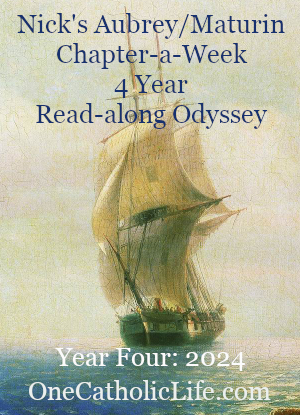














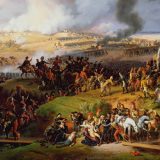


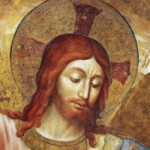
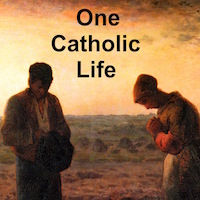


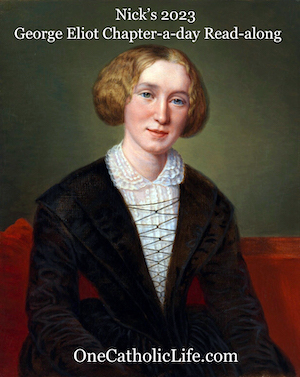
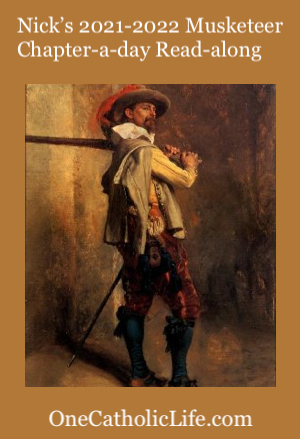



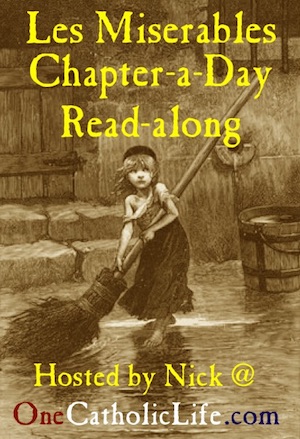



What a fantastic post, thanks so much Nick! I had thought before I saw the movie that Les Mis was set during the revolution, but it was obvious that it was post revolution as soon as the movie started. I hadn’t realised Waterloo was 1815 I don’t think, and so close to the start of the story. Although I always rely on my knowledge of ABBA lyrics to remember who won.
The thought of learning history via ABBA lyrics will give me great pleasure for days to come Louise 😂
Thanks for the historical context Nick! This will help a lot while reading for sure. I haven’t ever seen a film adaption or the musical but I have a couple of college courses and have read other novels (The Red and the Black and A Place of Greater Safety) which will also hopefully assist in filling in some of the blanks.
That was very helpful Nick. I always get my Napoleons & Louis’ mixed up, let alone the various revolutions, restorations & revolts!!
I’ve been reading a lot of Zola & Balzac lately which is the second empire & more Napoleonic dramas ( as I’m sure you know).
I’m hoping this readalong will help me to get all the major dates, places & people straight.